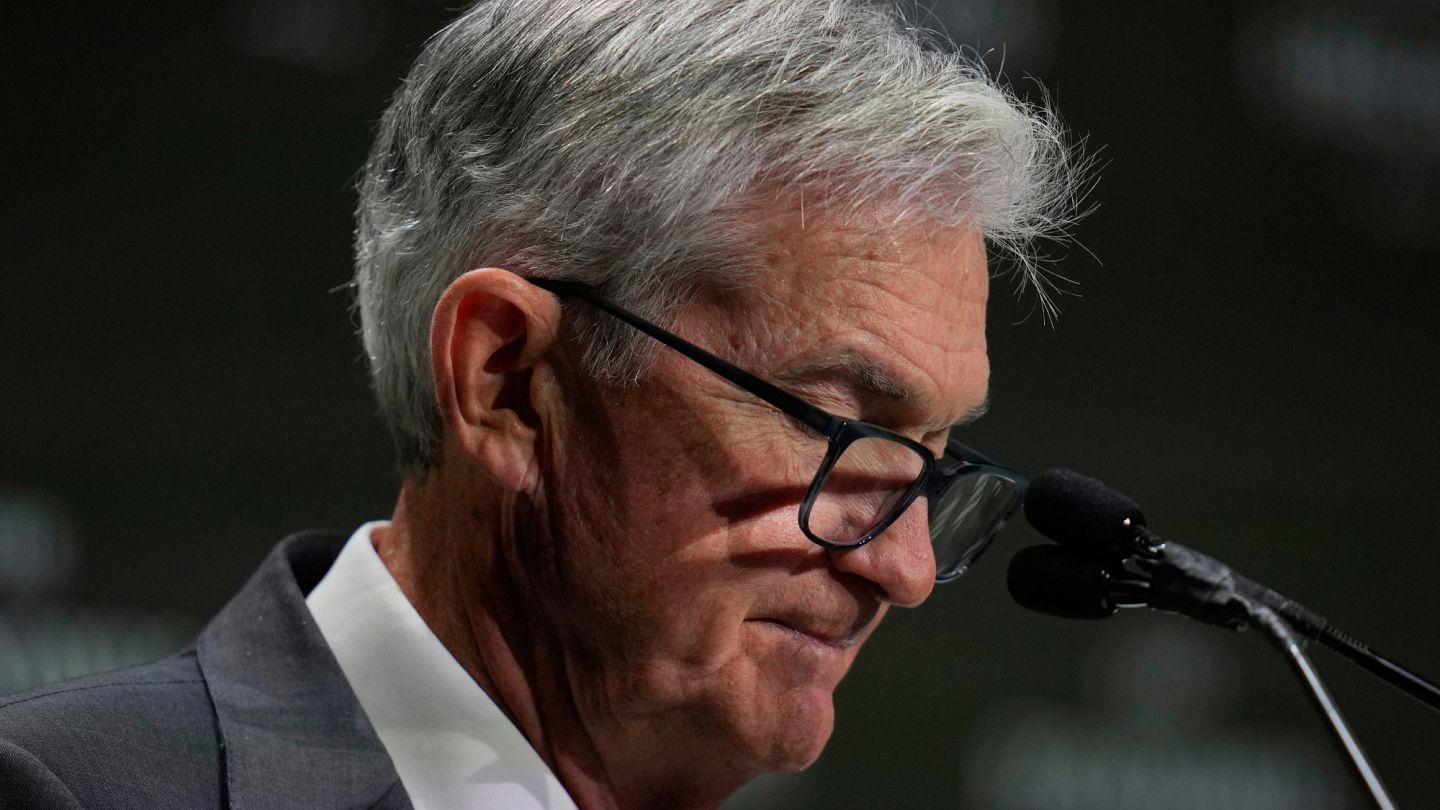Investors flee US assets as Trump attacks Fed’s Powell and calls for rate cuts
Investors continued offloading US assets as the Trump administration seeks a way to dismiss Federal Reserve Chair Jerome Powell. Trump has demanded rate cuts, referring to Powell as “a major loser” in a social media post. The US dollar weakened to a three-year low.
US President Donald Trump intensified pressure on Federal Reserve Chairman Jerome Powell for interest rate cuts on Monday, calling him “a major loser” and warning of an economic slowdown.“There can almost be no inflation, but there can be a SLOWING of the economy unless Mr Too Late, a major loser, lowers interest rates, NOW,” he posted on Truth Social. Trump also compared the Federal Reserve with the European Central Bank (ECB), which has reduced interest rates seven times. “Powell has always been ‘Too Late,’ except when it came to the election period when he lowered rates in order to help Sleepy Joe Biden, later Kamala, get elected. How did that work out?” he added.The comments raised concerns over the independence of the Federal Reserve, triggering further sell-offs in US assets, including equities, the dollar, and government bonds.Investors continue to offload US AssetsUS stock markets deepened losses following the Easter holiday break, with all three major indices—the Dow Jones, S&P 500, and Nasdaq Composite—slumping more than 2% on Monday. Wall Street has experienced heavy selling since Trump announced reciprocal tariffs at the start of April, followed by a historic rebound after he decided to pause the levies on all countries except China one week later. However, Trump’s attack on Powell now raises fresh concerns about the Fed’s independence and may threaten the broader stability of the global financial system.“Were Powell to be fired, the initial reaction would be a huge injection of volatility into financial markets, and the most dramatic rush to the exit from US assets that it is possible to imagine,” wrote Michael Brown, senior research strategist at Pepperstone in London. “If this were to happen, then the reserve status of the dollar, and haven value of Treasuries, would be wiped out—probably permanently in both cases.”The US dollar weakened significantly against major currencies, with the dollar index falling to just above 98, its lowest level since March 2022. The euro surged against the greenback, surpassing 1.05 to reach its highest level since November 2021. The Swiss franc also strengthened to levels not seen since 2015, when the Swiss National Bank removed its currency peg to the euro.US government bonds saw sharp declines as yields surged, particularly on long-dated Treasuries. The 10-year and 30-year Treasury yields rose by 8 and 10 basis points, reaching 4.4% and 4.9%, respectively.Gold prices soared, repeatedly reaching new all-time highs amid concerns that the US dollar is losing its global reserve currency status. Risk-off sentiment and inflationary fears also lifted precious metal prices. Gold futures on COMEX rose 1.6% to $3,480 per ounce at 4:00 a.m. CEST, following a 2.9% rally on Monday.Powell signals no rush to cut ratesLast week, Federal Reserve Chair Jerome Powell acknowledged that the central bank is facing a growing dilemma in fulfilling its dual mandate of price stability and maximum employment.US Federal Reserve (Fed) Chair Jerome Powell warned last week that escalating tariffs could fuel inflation while undermining growth. He acknowledged that the central bank is facing a growing dilemma in fulfilling its dual mandate of price stability and maximum employment. Powell signalled no rush to cut interest rates further: “For the time being, we are well positioned to wait for greater clarity before considering any adjustments to our policy stance.”Following the speech, Trump took aim at Powell, urging rate cuts, adding that his “termination cannot come fast enough.” National Economic Council Director Kevin Hassett also indicated that the Trump administration was studying whether to fire Powell.The Fed chair is an independent role, although appointed by the US president. Powell noted previously that presidents may not legally fire or demote the Fed chair. His four-year term will end on 15 May 2026. Under the Supreme Court ruling, Federal board members can only be dismissed before their terms expired “for cause.”


